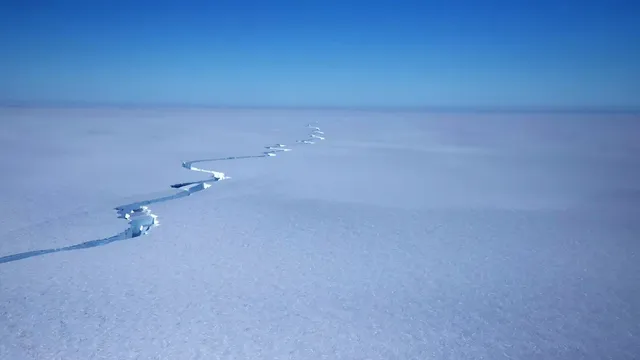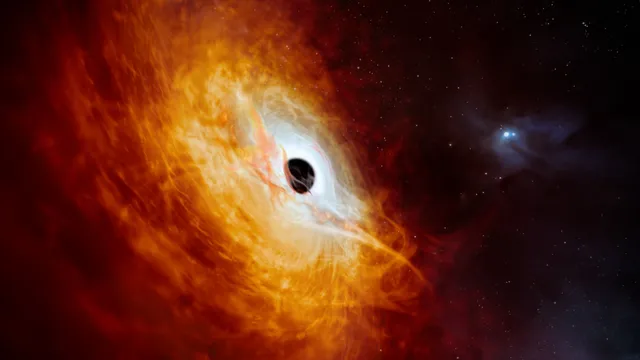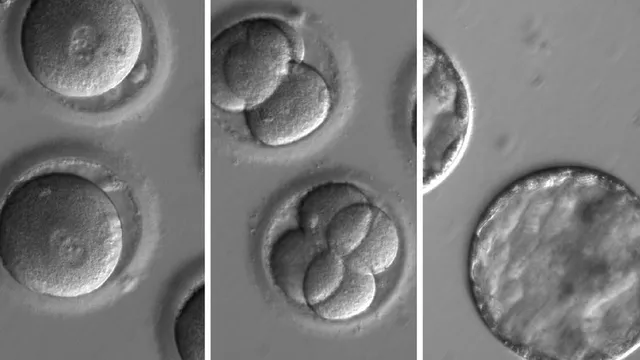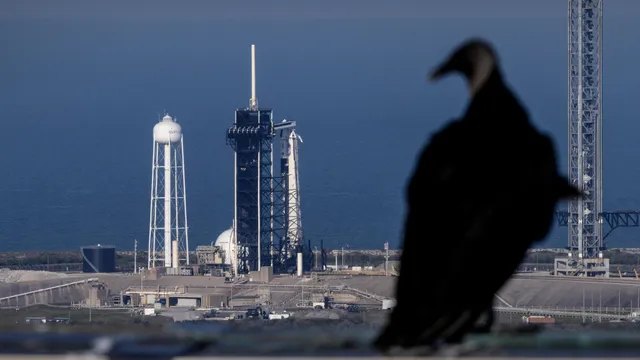European scientists have discovered giant lakes hidden beneath Antarctic glaciers, the sudden outflow of which could dramatically accelerate the destruction of the ice sheet. That's according to a study published in Nature Communications and based on data from the European Space Agency's CryoSat satellite.
As part of the work, seven such lakes were found in 2013 to have merged simultaneously beneath the Thwaites Glacier at a depth of more than two kilometres. About 7 cubic kilometres of fresh water entered the ocean. The ice in the area then began to melt rapidly and the ice sheet thinned. A water hole opened up among the ice, indicating that warm water was rising from below. This is particularly dangerous because the ice on the surface of the ocean acts as a 'plug', trapping the ice on land. When the ice crust melts, the ice begins to flow faster into the ocean and sea levels begin to rise.
There is also a retreat of the 'line of buoyancy' - the boundary between land and the floating part of the glacier. Scientists say there are subglacial lakes elsewhere in Antarctica, but little is known about their number or what they can do. A new study finds that even processes deep beneath the ice can have profound effects on glacier stability and accelerate the effects of climate change.
Now the European Space Agency is continuing to study Antarctica using satellites and is preparing to launch new missions that will help better understand exactly how glaciers are responding to warming and what that means for the future of global sea levels.| BGNES

 Breaking news
Breaking news
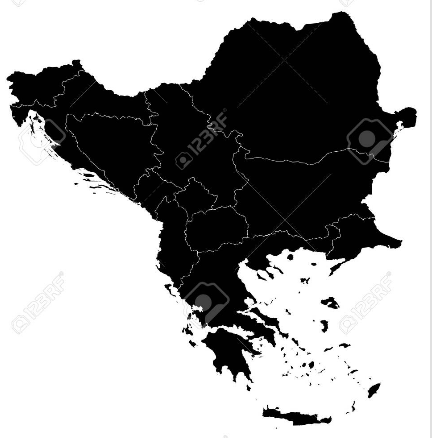 Europe
Europe
 Bulgaria
Bulgaria
